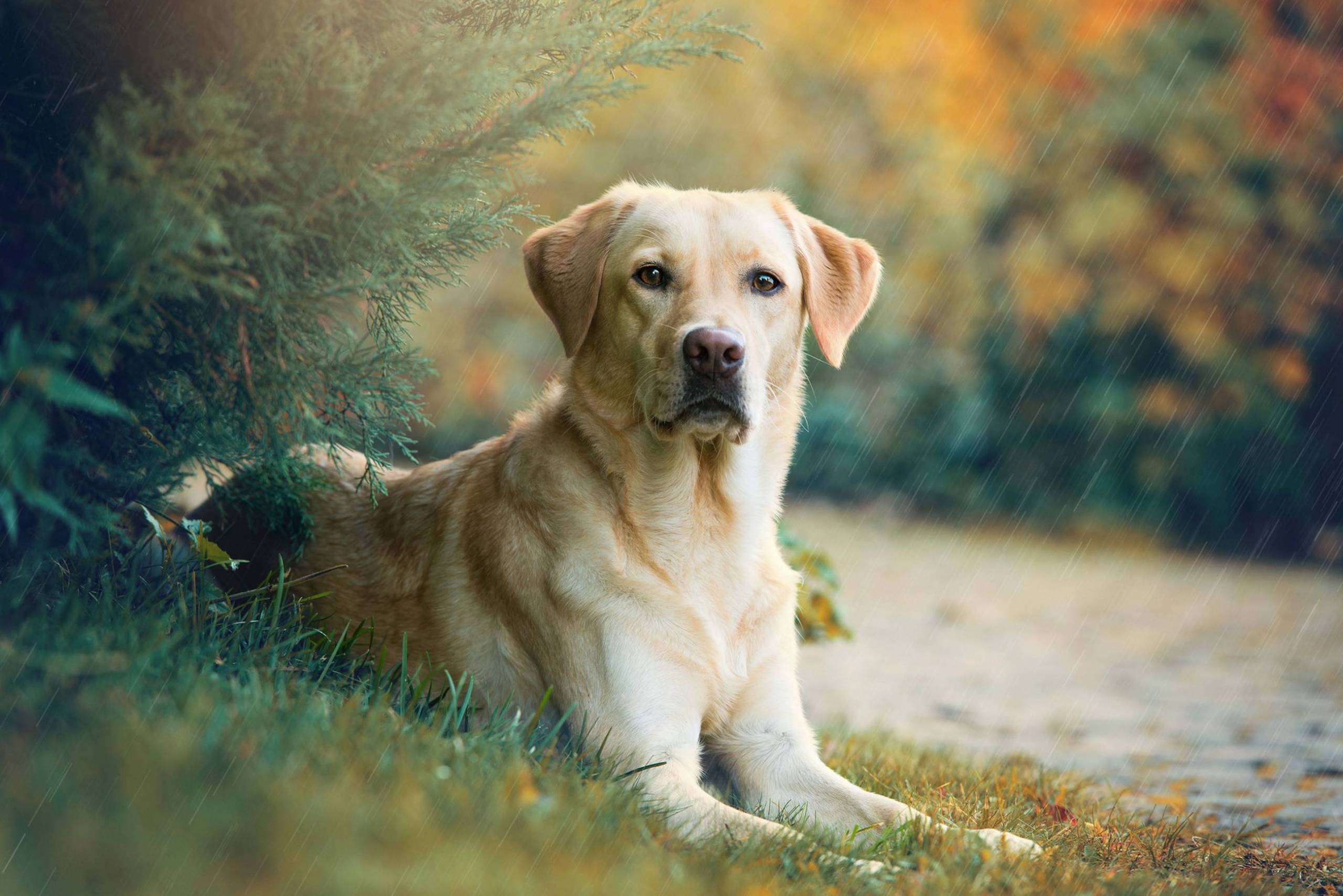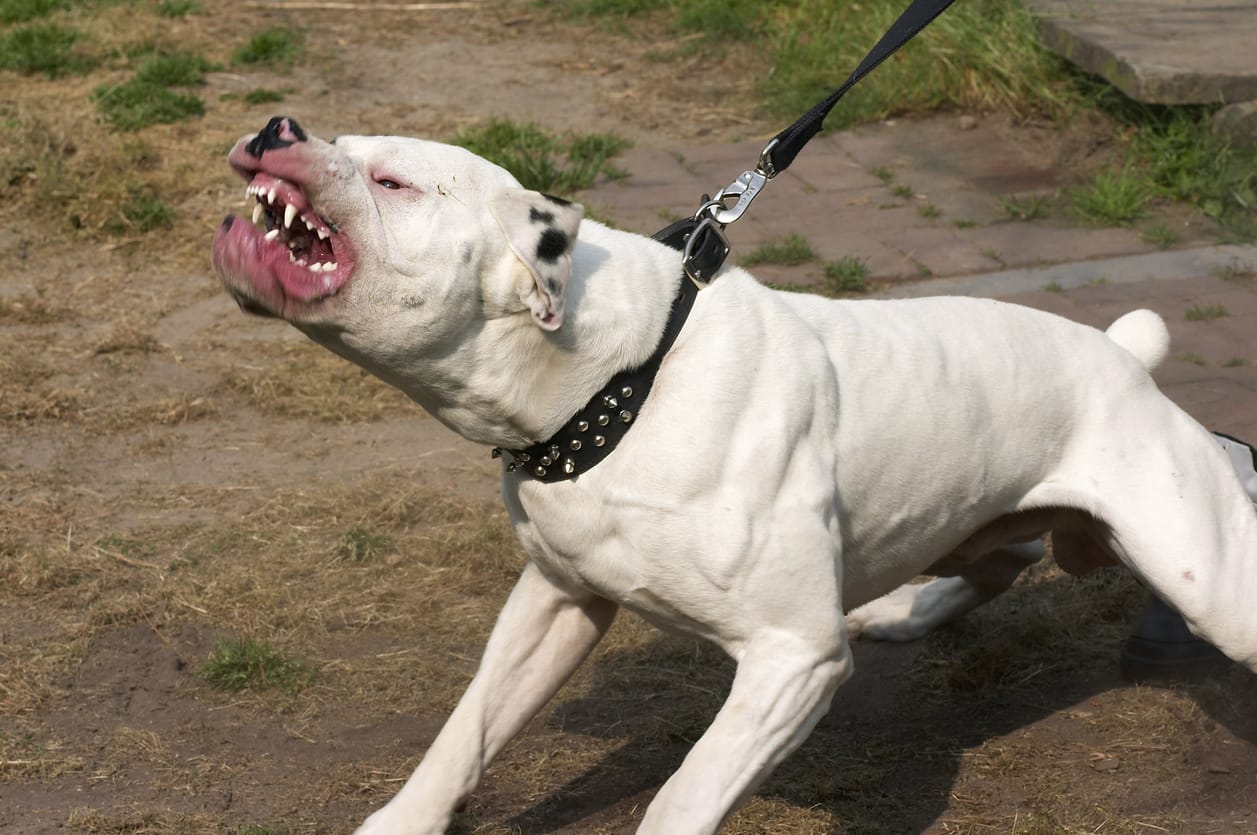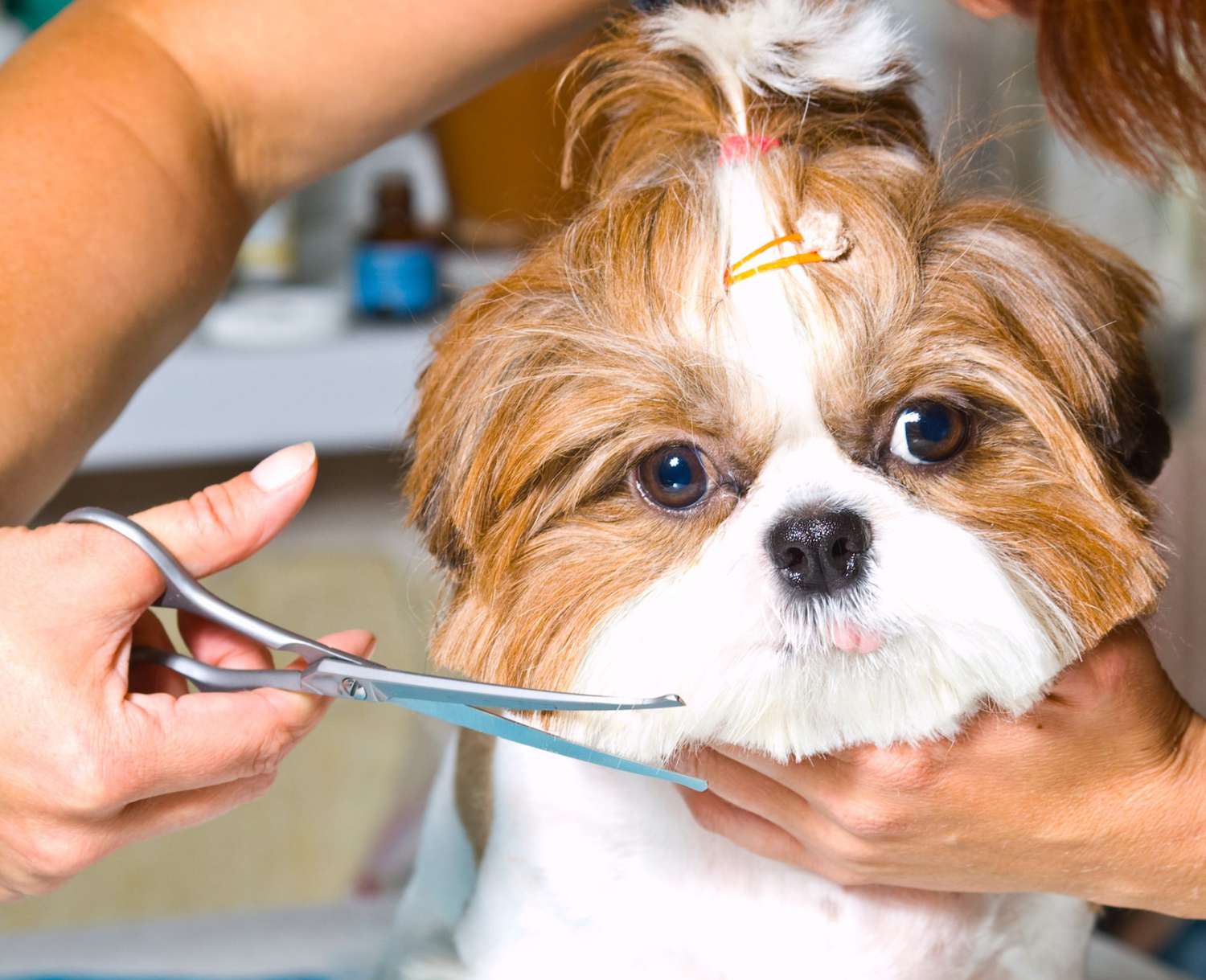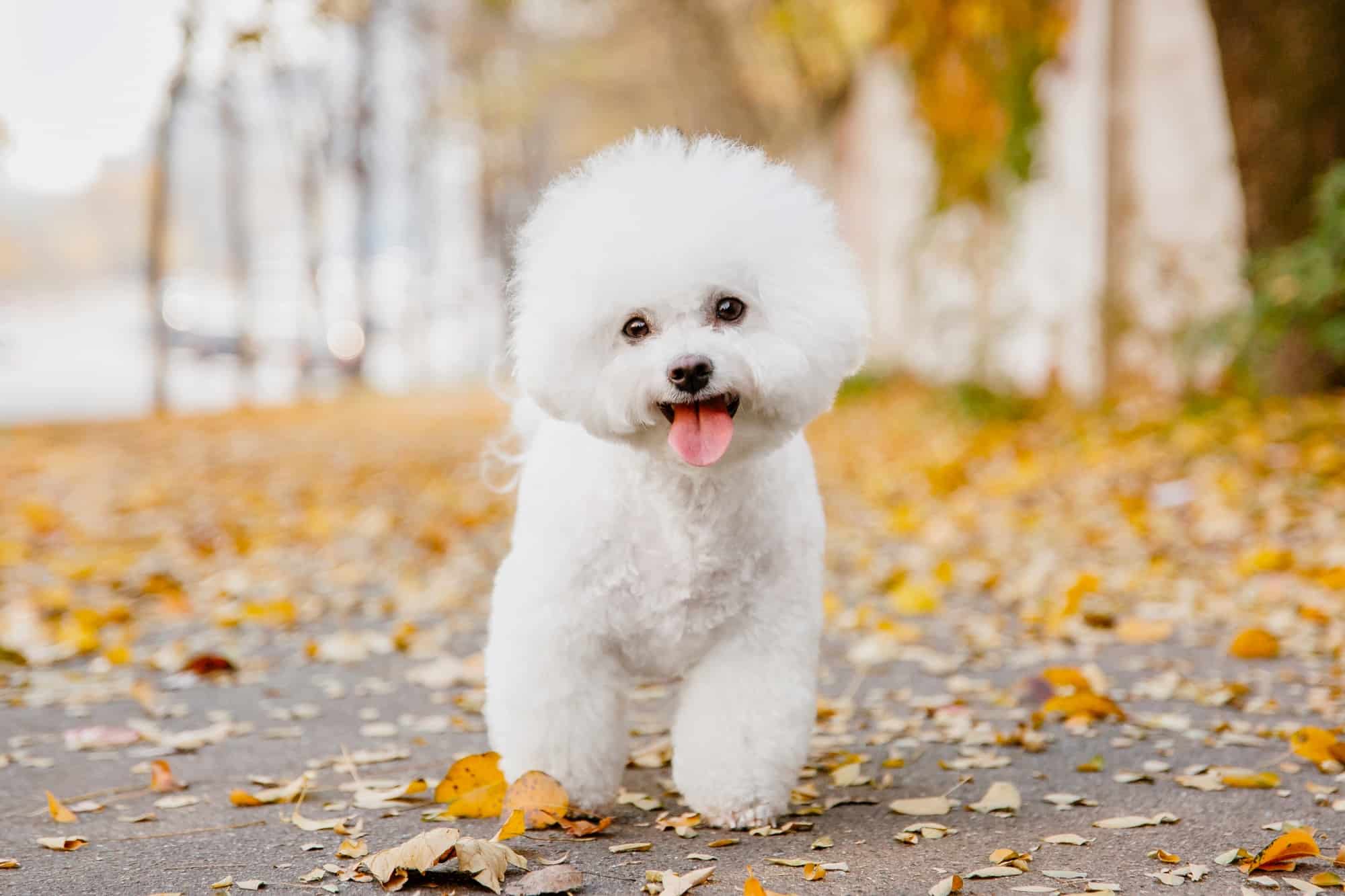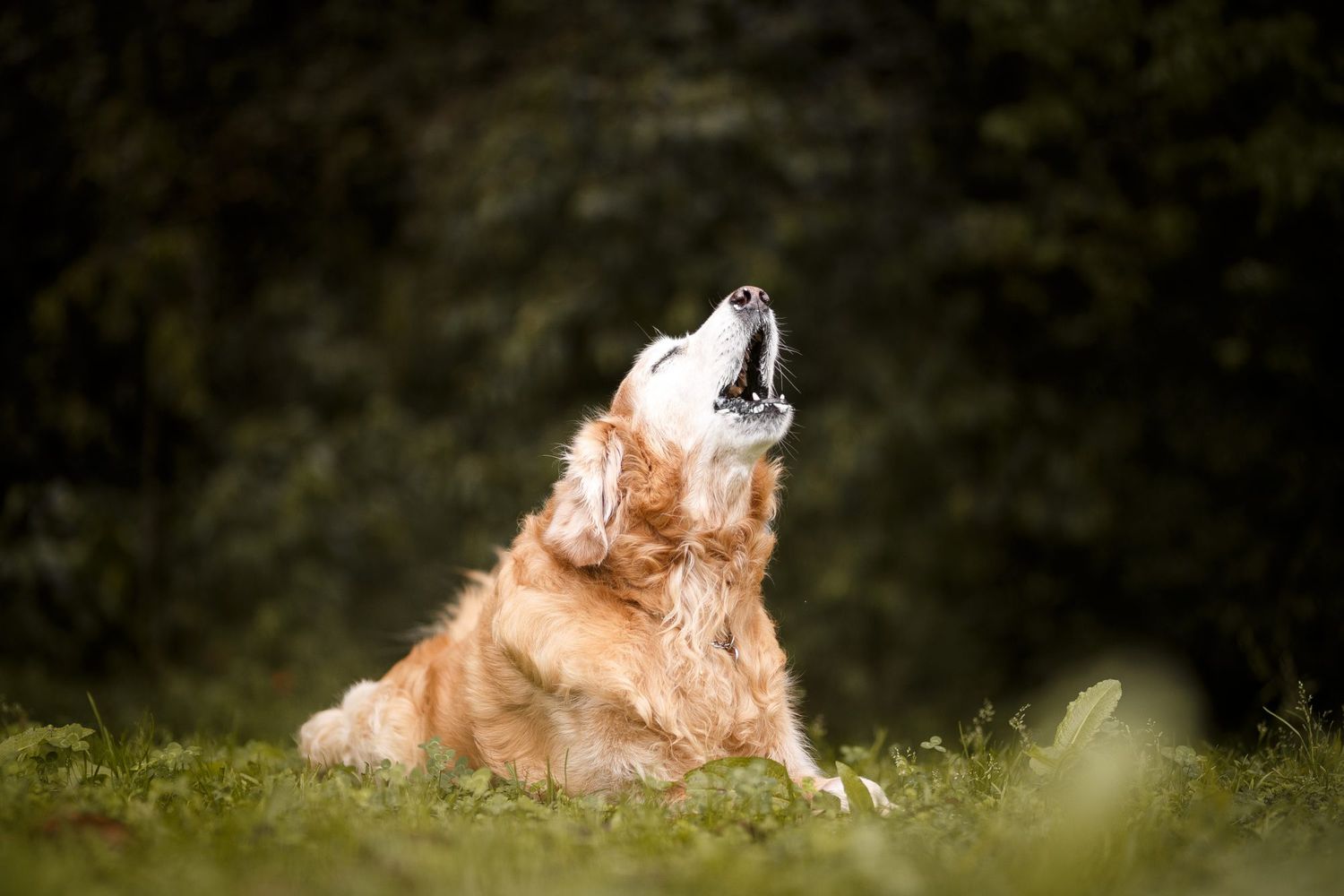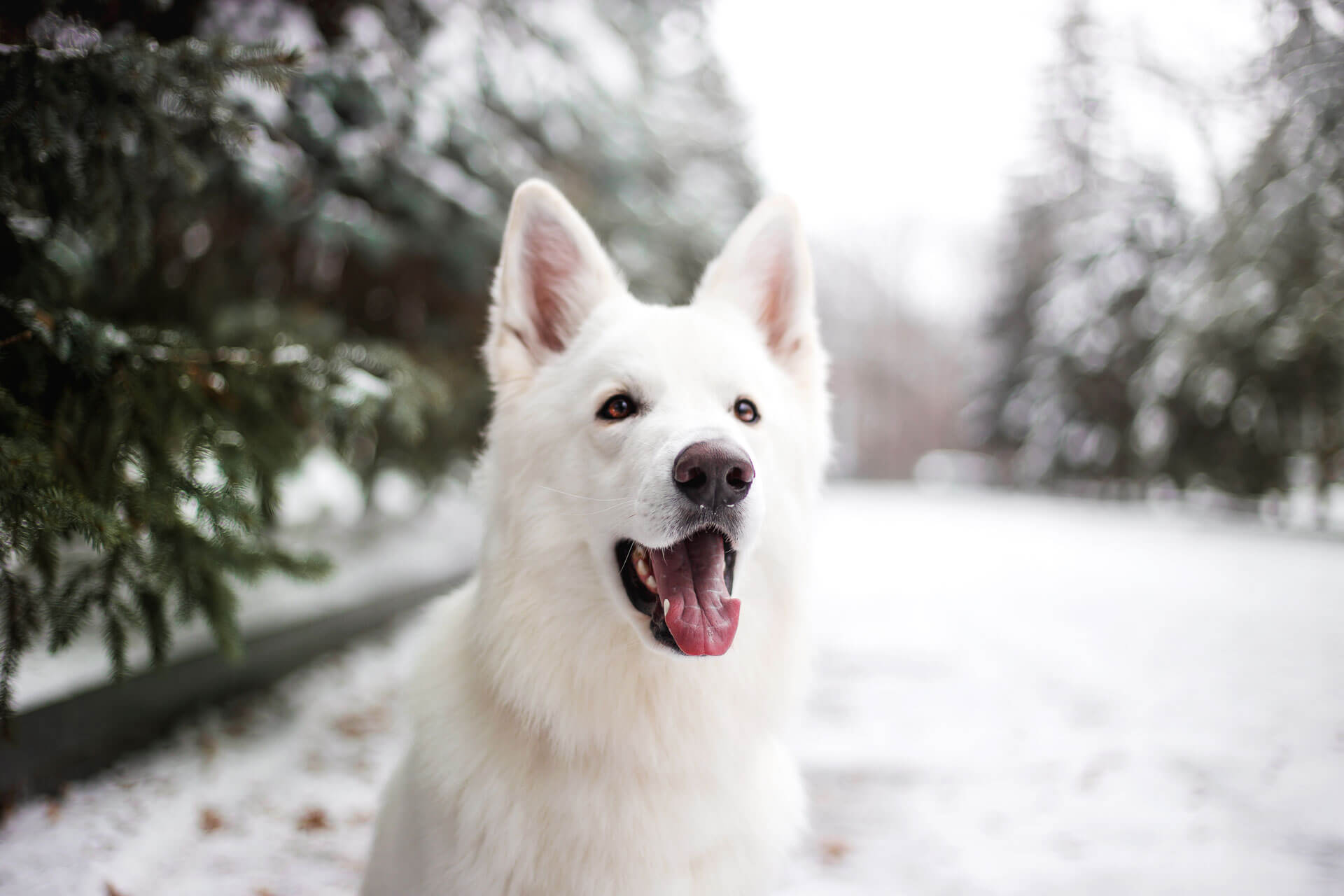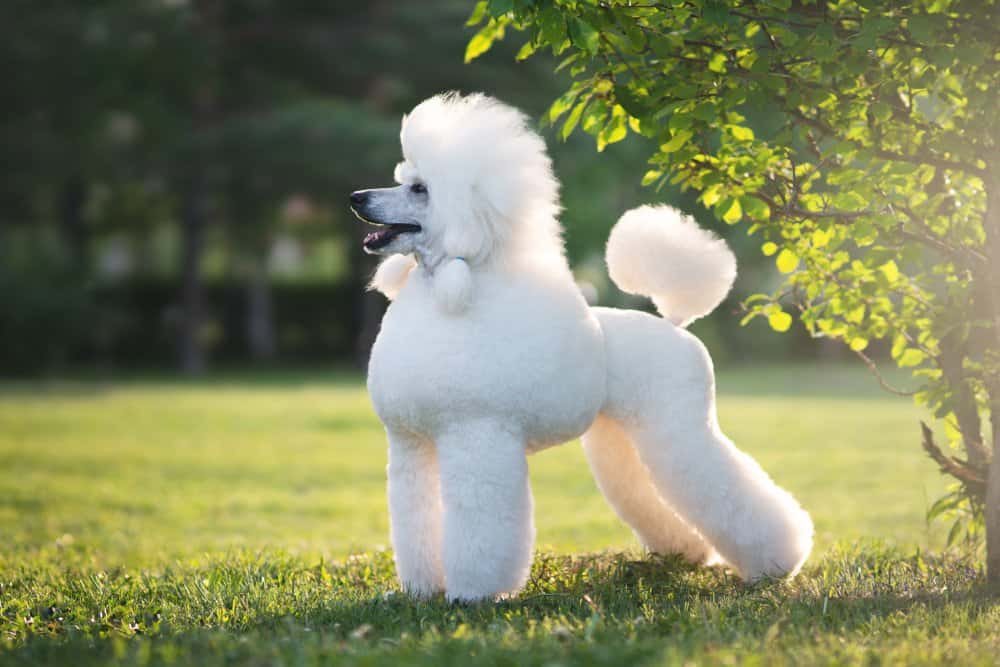Japan is known for its unique and fascinating culture, and this extends to its dog breeds. Japanese dog breeds are some of the most popular and beloved breeds in the world. From the adorable Shiba Inu to the powerful Akita Inu, these dogs have captured the hearts of people all over the globe.
In this article, we will explore 10 types of Japanese dog breeds, including their history, characteristics, and temperament. Whether you are a dog lover or simply interested in learning more about Japanese culture, this article is for you.
You are reading: 10 Types Of Japanese Dog Breeds
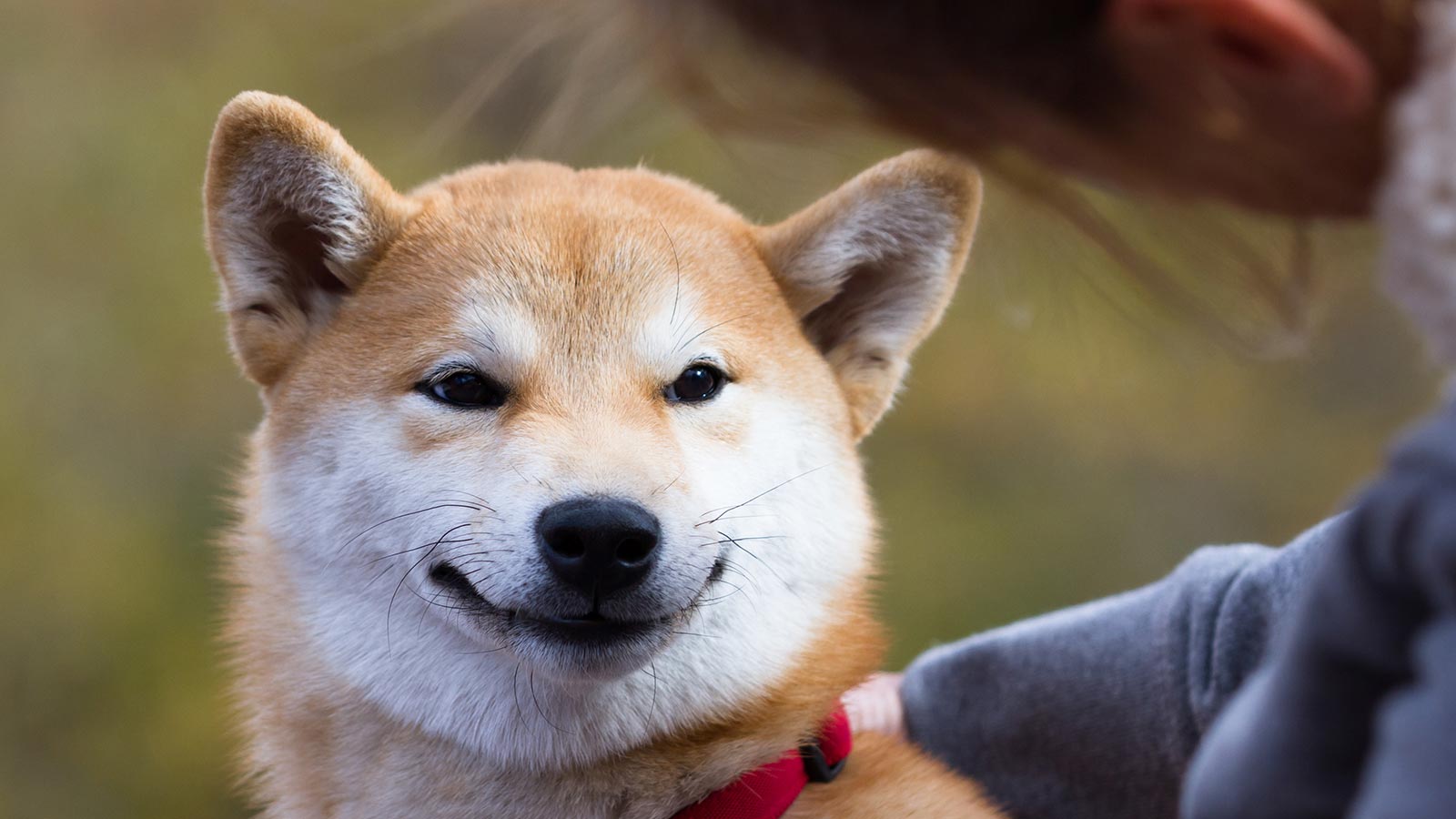
10 Types Of Japanese Dog Breeds
Shiba Inu
The Shiba Inu is a small to medium-sized dog breed that is one of Japan’s six native breeds. Originally bred as a hunting dog, the Shiba Inu is among the world’s oldest breeds. They are known for their thick coat, pointed ears, and curly tail, which give them a fox-like appearance.
The breed nearly went extinct in the early 20th century, but was saved by a group of Japanese breeders who dedicated themselves to preserving them.
Today, the Shiba Inu is mainly kept as a companion dog in Japan and the United States. Shiba Inus are good-natured, alert, and bold dogs with a strong prey instinct and a knack for escaping from gardens.
They are loyal and form strong bonds with their owners, but can also be quite independent and territorial. Shiba Inus require plenty of exercise and mental stimulation to avoid boredom. They are best suited for experienced pet parents willing to start training early and families with older kids.
Akita Inu
The Akita Inu is a large, powerful dog breed that originated in Japan. They are known for their loyalty, courage, and independence. Akitas have a thick, double coat that is weather-resistant and typically come in white, brown, or brindle. They were originally bred for hunting large game, such as bears and boars, and were also used as guard dogs.
Akitas are best suited to a one-dog household and tend to be aggressive toward other dogs, especially those of the same sex. They make excellent protectors and valued companions, but are not recommended as family dogs with small children and other pets. Akitas require early socialization and training to prevent aggressive behavior.
When considering an Akita, it is advisable to prioritize adopting from rescue organizations or shelters to provide a loving home to a dog in need. If you decide to purchase, it is crucial to choose a reputable breeder who prioritizes the health and temperament of their dogs.
Kai Ken
The Kai Ken is a medium-sized dog breed that originated in Japan and is known for its athletic, muscular build and its mix of German shepherd and wolf-like features. They are highly intelligent and learn quickly, making them easy to train.
Kai Kens are friendly, loyal, loving, and intelligent companions who love spending time outdoors. They are natural hunters and make good watch dogs, being reserved with strangers but loyal to their families.
Kai Kens require lots of exercise and careful socialization to become well-mannered companions. They are not typically independent and are known to form strong bonds with their owners.
The breed is sometimes referred to as a “tiger dog” for its subtly striped coat, which acts as a natural camouflage, perfectly equipping this breed for the mountainous terrain in which it’s bred to work.
Kishu Ken
The Kishu Ken is a Japanese breed of dog that is descended from ancient medium-sized breeds and named after the Kishu region, now Mie Prefecture and Wakayama Prefecture. It was designated a living national monument of Japan in 1934.
Kishu Kens have been prized since prehistoric times for boar and deer hunting. They are courageous and brave as hunters and have a strong prey drive.
Kishu Kens are almost exclusive to Japan and are an ancient dog breed once used for hunting large game like boar. They are spirited, alert, and rustic dogs with compact, well-developed bodies.
Read more : Top 11 Rarest Dogs
Kishu Kens are known for being loyal to their owners and are a one-person/one-family dog. They are often quiet and will stalk prey quietly rather than bark, similar to the Shiba Inu. Kishu Kens are active and faithful companions that require plenty of exercise and mental stimulation.
Shikoku Ken
The Shikoku Ken, also known as the Kochi-ken, is a medium-sized dog breed that originated from Shikoku Island in Japan. It was designated as a culturally important national treasure in 1937.
The Shikoku Ken is one of the six native Japanese breeds and is intermediate in size between the large Akita Inu and the small Shiba Inu. The breed belongs to the Spitz family of dogs and is classified as a medium-sized dog.
The Shikoku Ken is a rare breed, even in Japan, and is kin to the smaller Shiba Inu and larger Akita Inu. The breed has a well-balanced and well-developed muscular body with pricked ears and a curled or sickle tail.
Shikoku Kens have a soft, dense undercoat and a harsh, straight outercoat that comes in three colors: red, black and tan, and sesame. They are known for being loyal, intelligent, and independent dogs that require early socialization and training.
Shikoku Kens are reserved with strangers but form strong bonds with their families. They are active dogs that require plenty of exercise and mental stimulation to stay healthy and happy.
Hokkaido Ken
The Hokkaido Ken is a breed of dog originating from Japan and is one of the six native Japanese spitz breeds. The breed is also known as Ainu-ken, Seta, Ainu dog, and Hokkaidog.
The Hokkaido Ken is native to the Hokkaido prefecture in Japan. The breed is medium-sized, with males typically standing at 50 cm (20 in) tall at the withers and females slightly shorter, with body masses in the 20 kg (44 lb) range.
The Hokkaido Ken has a coat of long, stiff fur, and a second, shorter coat of soft fur that comes in various colors, including red, white, black, brindle, sesame, black and tan, and wolf-gray.
The breed has small, triangular, black upright ears and small black eyes with a rising triangular outline. The Hokkaido Ken is a highly intelligent breed that is both a great family dog and a fun outdoor companion full of energy. They are faithful, brave, and loyal dogs that require plenty of exercise and mental stimulation to stay healthy and happy.
The breed is thought to have originated from the medium-sized dogs brought by immigrants from the main island of Honshu in Japan. The Hokkaido Ken was designated a living monument of Japan in 1937.
Japanese Spitz
The Japanese Spitz is a small to medium-sized breed of dog that belongs to the Spitz family of dogs. They were developed in Japan in the 1920s and 1930s by breeding a number of other Spitz-type dog breeds together.
The breed is recognized by the vast majority of the major kennel clubs, except the American Kennel Club due to its similarity in appearance to the white Pomeranian, American Eskimo Dog, and Samoyed.
Japanese Spitz dogs are intelligent, easy to train, low-maintenance, and great with children. They make good apartment dogs, so long as pet parents meet their exercise needs, and they have fairly low grooming needs, despite the appearance of their gorgeous, white fur.
Dogs of this breed are protective of their human families, even though they’re small in stature, and they’re known to bark when strangers enter their territory without backing down. Japanese Spitz dogs are playful, smart, and comedic companions who are steadfastly loyal and almost always smiling.
Japanese Chin

The Japanese Chin, also known as the Japanese Spaniel, is a toy dog breed that is both a lap dog and a companion dog. They have a distinctive heritage and are known for their aristocratic bearing. The breed has a large, broad head, large wide-set eyes, and a short, broad muzzle.
Read more : The Top 8 Scariest Dogs
Japanese Chins have a bright and intelligent look and a distinct Oriental expression. They are a relatively rare toy breed with a distinctly noble and ancient heritage. The breed is often described as a distinctly ‘feline’ breed due to their cat-like agility and grace.
Japanese Chins have a silky, profuse coat that comes in a variety of colors, including black and white, red and white, and black and tan. They are friendly, affectionate, and loyal dogs that form strong bonds with their owners.
Japanese Chins are good with children and make excellent apartment dogs, as they require minimal exercise. They are a low-maintenance breed, despite their gorgeous coat, and are easy to train.
The history of the Japanese Chin is widely debated, with some claiming that they were given to the Japanese royalty in AD 732 as gifts brought by Kim Jangson, an envoy from the kingdom of Silla on the Korean peninsula. Others maintain that they were given as gifts to the Empress of Japan as early as the middle of the sixth century or by the seventh century.
Still, others claim that the Chin first arrived in Japan around the year AD 1000. In 1613, the Japanese Chin was brought to England, and since 1868, they have been lap dogs to many people around the world.
Ryukyu Inu

The Ryukyu Inu is a rare, medium-sized breed of dog that is indigenous to Okinawa, Japan. Here are some key characteristics of the breed:
Appearance:
– The Ryukyu Inu looks similar to the Kai Ken, another rare Japanese dog breed.
– They have a muscular build and a thick, double coat that comes in various colors, including black, red, and sesame.
– The breed has a wedge-shaped head, small, triangular ears, and a curled tail.
Temperament:
– Ryukyu Inus are athletic, playful, and affectionate dogs.
– They are known for being quiet, friendly, and loyal to their owners.
– The breed is also known for being intelligent and easy to train.
History:
– The Ryukyu Inu is an endangered breed, with as few as 400 remaining as of 2015.
– Unlike other Japanese dog breeds, the Ryukyu Inu is not protected by the Nihon Ken Hozonkai.
– The breed was originally used to track boar in Okinawa, Japan.
Overall, the Ryukyu Inu is a rare and unique breed of dog that is highly valued in its native Japan. They are known for their athleticism, loyalty, and affectionate nature, and make great companions for those willing to provide them with the exercise and attention they need.
Tosa Inu

The Tosa Inu is a breed of dog that originated in Tosa, Shikoku, Japan. Here are some key characteristics of the breed:
Appearance:
– The Tosa Inu is a large, muscular dog breed that can weigh up to 200 pounds.
– They have a short, smooth coat that comes in a variety of colors, including red, brindle, and fawn.
– The breed has a broad head and a powerful, stocky build.
Temperament:
– The Tosa Inu was originally bred as a fighting dog and is still used in Japanese dog fighting today.
– The breed is known for its courage, patience, and composure.
– They are normally tranquil, quiet, and obedient dogs, with a calm but vigilant temperament.
History:
– The Tosa Inu was developed in the mid-19th century as a fighting dog.
– The breed was created by crossing various European dog breeds, including the Bulldog, Mastiff, and St. Bernard, with Japanese dog breeds, including the Shikoku Inu and the Tosa Ken.
– Ownership of the Tosa Inu is restricted in some countries due to its history as a fighting dog.
Overall, the Tosa Inu is a powerful and protective breed that requires experienced pet parents who can provide them with the training and socialization they need to be well-behaved companions. While they have a history as fighting dogs, they can make loyal and loving pets when raised in a loving and responsible environment.
FAQS
1. What are the six native Japanese dog breeds?
The six native Japanese dog breeds are Shiba Inu, Akita Inu, Kai Ken, Kishu Ken, Shikoku Ken, and Hokkaido Ken.
2. Are Japanese dog breeds good with children?
Many Japanese dog breeds are good with children, but it’s important to supervise interactions between dogs and children to ensure safety.
3. Are Japanese dog breeds easy to train?
Some Japanese dog breeds are easier to train than others, but all dogs require consistent training and socialization to be well-behaved companions.
4. Are Japanese dog breeds good apartment dogs?
Some Japanese dog breeds, such as the Japanese Chin and Japanese Spitz, can make good apartment dogs as long as they receive enough exercise and mental stimulation.
5. Are Japanese dog breeds prone to health problems?
Like all dog breeds, Japanese dog breeds can be prone to certain health problems. It’s important to choose a reputable breeder who prioritizes the health and well-being of their dogs.
6. Are Japanese dog breeds good guard dogs?
Some Japanese dog breeds, such as the Akita Inu and Tosa Inu, can make good guard dogs due to their protective nature and loyalty to their owners.
7. Are Japanese dog breeds rare?
Some Japanese dog breeds, such as the Ryukyu Inu and Tosa Inu, are rare and endangered breeds. Other breeds, such as the Shiba Inu and Akita Inu, are more common.
Source: https://petstutorial.com
Category: DOGS


